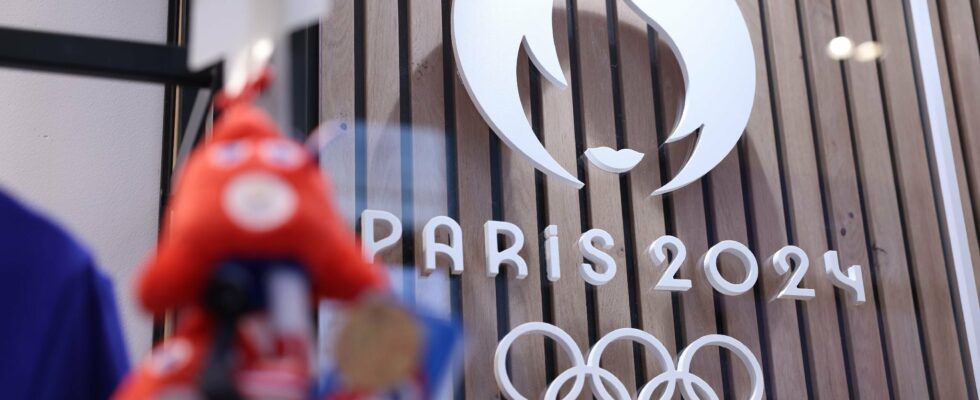They will soon unload the… tourists and other fans of the Olympic Games. The opportunity to recommend three tasty works, historical appetizers to allow them to better understand the moods of frog eaters. So When you are in FranceA Treatise on good manners for use by British soldiers in occupied France from 1944, reissued in a bilingual version by the Manufacture de Livres. “Behave!”, they told the men of the D-Day landings, “France is a country that loves tourists, not invaders”. Among other tips, they should also learn to “hold the alcohol” (“If you are offered wine or alcohol, remember that these drinks are stronger than what you are used to”). Not a word, however, about the purges and the wild settling of scores in the woods.
As Pierre Assouline notes in his preface, this pocket book of battle dress is a “model of empathy for the suffering and humiliations of the French under the German boot”. Its editor would be the Francophile Herbert David Ziman (1902-1983), an eminent journalist from Daily Telegraph and member of the intelligence services in 1942 of the French section of the Ministry of War. At the end of the work, there is also a delicious glossary of a few essential words, with their English pronunciation (Commont allay-voo? Sher ner compron pah). But before that, after a short geographical and historical reminder, the author paints a portrait of the French: nationalists, but also regional chauvinists, attached to the land, to individual freedom, to religion, to art, and much less “orgiastic” as we believe: “Montmartre is not France”. Nor the Champs-Elysées…
Our second highly recommendable curiosity is indeed entitled Flagrant crimes on the Champs-Élysées. 1777-1791 (Mercure de France, coll. Le Temps regained) in an edition presented and prefaced by the historian Arlette Fage. Or the weekly reports of the Swiss guard Federici, in charge of the police of the Promenade des Champs, given to his immediate superior, the Count of Angiviller, general director of the Bâtiments du Roi. The Promenade des Champs, then a huge public place secluded in the countryside, crossed by paths, planted with trees and bordered by the wheat fields of the Maillot plain, was so successful that all of Paris flocked there in social coexistence unexpected. The reports from our Swiss guard are most impactful as Federici, interfering in the event, was able to maintain great freedom of expression, in an oral and pictorial language, with syncopated syntax. As Arlette Fage points out, our Swiss Guard has trouble with those who want to graze their animals and with the arrogant riders whose horses cut into trees and respect nothing. Quarrels, brawls, sword battles, forbidden bar games, pilfering, theft, are his daily bread. Like a scent of déjà vu, minus the animals.
On the art of swimming in the Seine
Finally, to read before jumping off the Pont des Arts, The Taste of the Seine (Little Mercury). Where we learn from the pen of journalist Eugène Briffault (in The Devil in Paris, collection of short stories published by Hetzel in 1845) that, born in the 19th century, numerous bathing companies allowed Parisians to swim in complete safety. The only restrictions: it is then forbidden to bathe after 10 p.m. and outside the facilities, duly surrounded by boards, while “no communication can be established between the men’s and women’s baths”.
The fact remains that, already, as the singer Maurice Mac-Nab declaimed: “In Paris, the Seine is murky/And it’s not fun at all,/To splash around in double fat:/I’m done I’m going to swim in Chatou. A century and a half later, will Anne Hidalgo and Emmanuel Macron go swimming in Paris? Or in Chatou?
